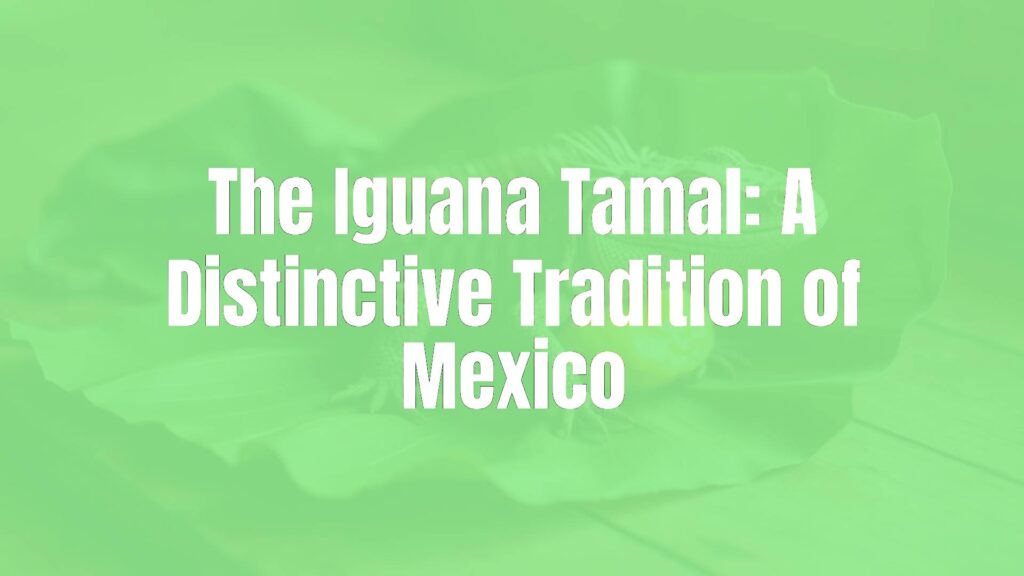Iguana Tamal: Exploring a Unique Culinary Tradition
Overview and Distinctive Qualities
The iguana tamal stands out as one of the most singular and fascinating entries in Mexico’s vast repertoire of tamales. Noted for its uncommon protein ingredient, this tamal is made with iguana meat, resulting in a dish prized for its rich flavor and connection to specific regions. Wrapped in either corn husks or banana leaves, the iguana tamal is typically enjoyed during special occasions or festive seasons, often representing a deep-rooted connection to heritage and local ecology.
Historical Significance and Cultural Context
The origins of the iguana tamal trace back to indigenous practices in southern Mexico, particularly in states like Guerrero, Oaxaca, and Chiapas, where iguana has long been a sustainable source of protein. Its preparation is often closely tied to rural and coastal communities, where iguanas have been traditionally hunted and cooked. The tamal became a way to preserve and enjoy the unique flavor of iguana meat, cementing its role in regional cuisine. Today, it endures as a culinary symbol of tradition and local resourcefulness, though its consumption is increasingly regulated for environmental sustainability.
Key Components and Preparation Insights
The central feature of this tamal is, of course, the iguana meat itself, which is usually simmered with aromatic herbs, chiles, onions, and tomatoes to create a savory filling. The iguana’s flavor is often compared to chicken, but with an earthier, gamier undertone. The meat is shredded before being combined with masa—a dough of ground corn—then carefully enveloped in corn husks or banana leaves before steaming. This process yields a tamal with tender, flavorful filling encased in a moist, subtly fragrant dough.
Flavor, Appearance, and Texture
When cooked, iguana tamales are noted for their savory, slightly spicy filling and their robust, hearty aroma. The masa takes on the flavor of the seasoned meat and aromatic broth, resulting in a harmonious balance between earthy corn and succulent protein. The texture is soft but substantial, with the strands of iguana meat lending a unique, fibrous quality. The visual presentation is often rustic, with some versions colored by achiote or infused with green herbs for added vibrancy.
Regional Interpretations and Ingredient Variations
While the basic principles remain consistent, regional variations abound. In some communities, green sauces made from tomatillo and herbs are favored, while others prefer a red chile base for a spicier heat. Substitutions, often necessary when iguana is less accessible or protected, may include chicken, turkey, or pork, though purists assert that true iguana tamal is unparalleled in character. The wrapping material may also vary; banana leaves impart a subtle sweetness and smoky note, while corn husks offer a more neutral base.
Serving Traditions and Complementary Pairings
Iguana tamales are most often enjoyed during festive events or religious observances, such as village festivals or communal gatherings. They are typically served hot, accompanied by sides like pickled vegetables, fresh salsas, or beans. Beverages such as atole, hot chocolate, or even light local beers pair well, balancing the dense, savory notes of the tamal. For adventurous eaters looking to experience authentic Mexican gastronomy, the iguana tamal offers an engaging reflection of tradition, resourcefulness, and regional pride.

